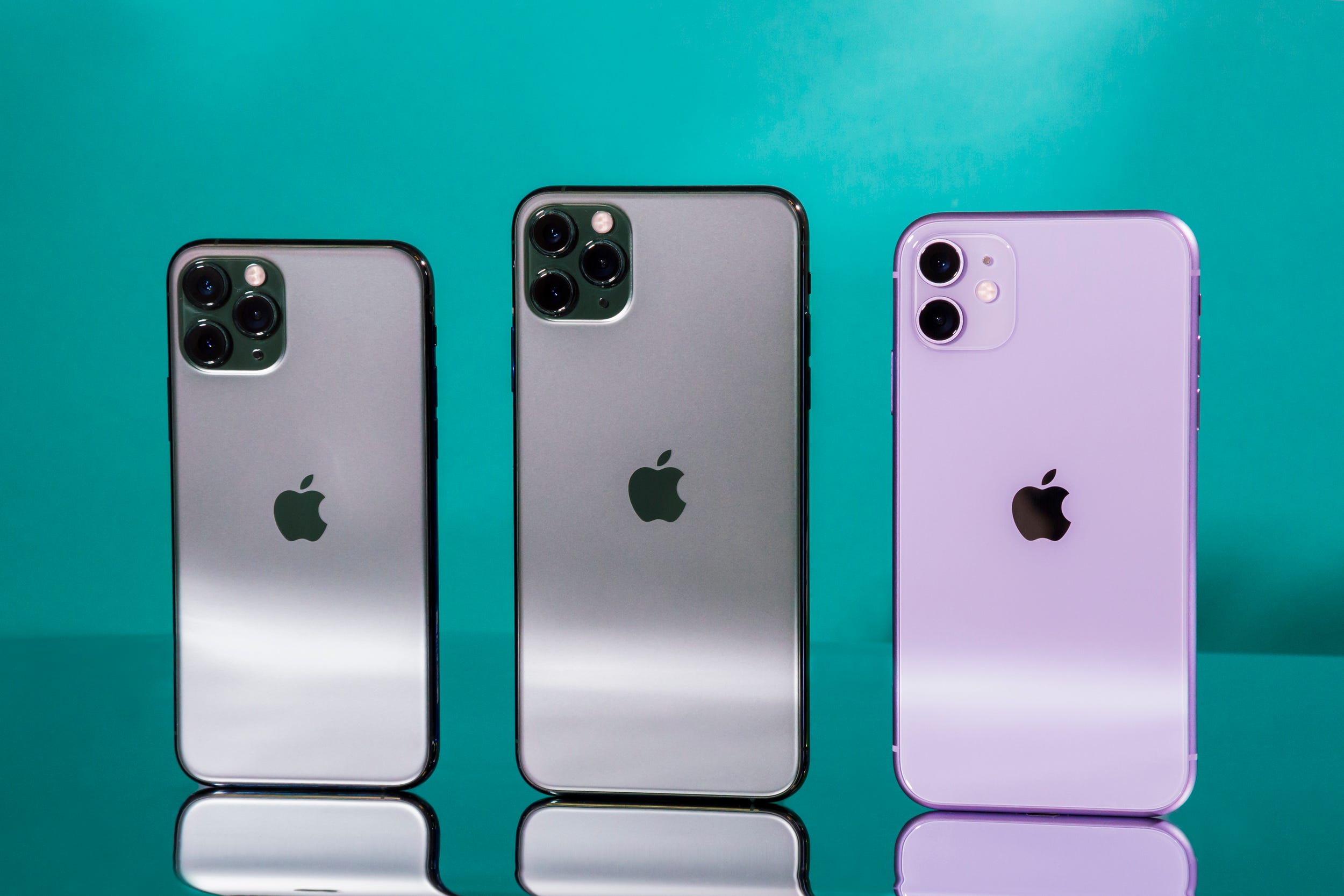- Apple will likely add 5G support to its 2020 flagship iPhones, according to early reports and rumors.
- Other than 5G connectivity, the phones are said to feature a more advanced 3D camera and new size options.
- The addition of 5G could boost demand for Apple’s new iPhones as customers are upgrading their smartphones less often.
- Apple’s new iPhones are expected to launch a few weeks later than usual this year because of the coronavirus.
- Visit Business Insider’s homepage for more stories.
September is finally here, which means Apple could be close to unveiling its 2020 iPhone lineup, expected to be called the iPhone 12.
Even before Apple unveiled the iPhone 11 and iPhone 11 Pro last year, reports had already started to emerge about what the company could be planning for 2020.
The biggest upgrade coming in 2020 will likely be the introduction of 5G network support, an addition that some analysts are expecting will result in a huge iPhone upgrade cycle for Apple. The company has reportedly asked suppliers to build at least 75 million units of its new iPhones according to Bloomberg, which the outlet says falls in line with previous years. That suggests Apple isn’t expecting the economic ramifications of the pandemic to impact iPhone demand.
A study from Strategy Analytics published in November also suggested that Apple could surpass Samsung and Huawei to lead the market for 5G smartphones in 2020, even though those companies have long sold 5G-enabled smartphones.
Although Apple is anticipating strong demand despite the pandemic, the new iPhones are expected to ship later than usual.
Apple's next-generation iPhones are expected to introduce other major changes, such as different size options, a revamped design, and a new three-dimensional camera similar to the iPad Pro's new Lidar sensor, according to the predictions of TF International Securities analyst Ming-Chi Kuo, and other reports.
Here's a look at everything we know about the new iPhones Apple is expected to release later this year.
The iPhone 12's launch may be delayed because of the coronavirus.
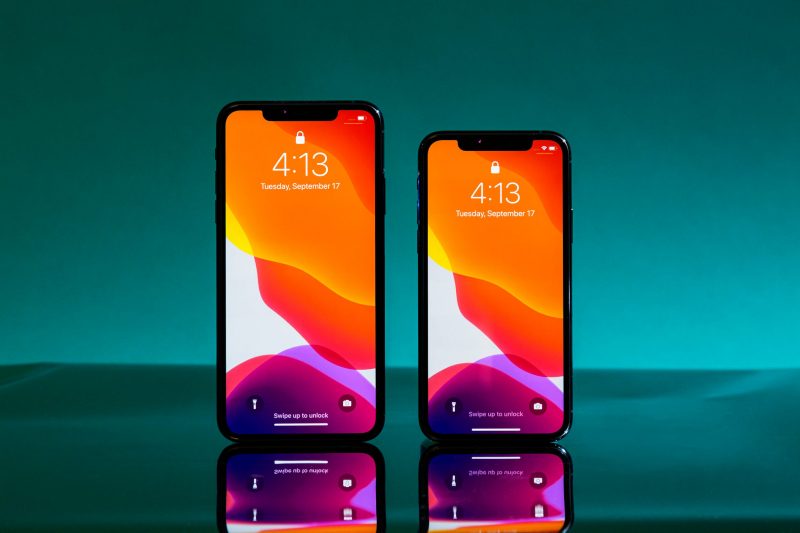
Apple typically releases its new iPhones in late September after announcing them earlier in the month. But that's changing this year because of the coronavirus pandemic, which has slowed Apple's supply chain and forced the company to shift to remote work arrangements.
Luca Maestri, Apple's senior vice president and chief financial officer, said on the company's latest earnings call that it's expecting supply of the next iPhone to arrive "a few weeks later" than last year. Bloomberg reports that the new iPhones could debut in October.
Previous reports from Nikkei Asian Review and analysts at JP Morgan also suggested this year's iPhone launch may be delayed.
It's unclear whether Apple still plans to announce its new iPhones at a September keynote as it has in years past. But some have speculated that Apple could hold such an event on September 10 after a livestream video test for that date briefly appeared on Apple's YouTube channel.
All of Apple's 2020 iPhones could support 5G.
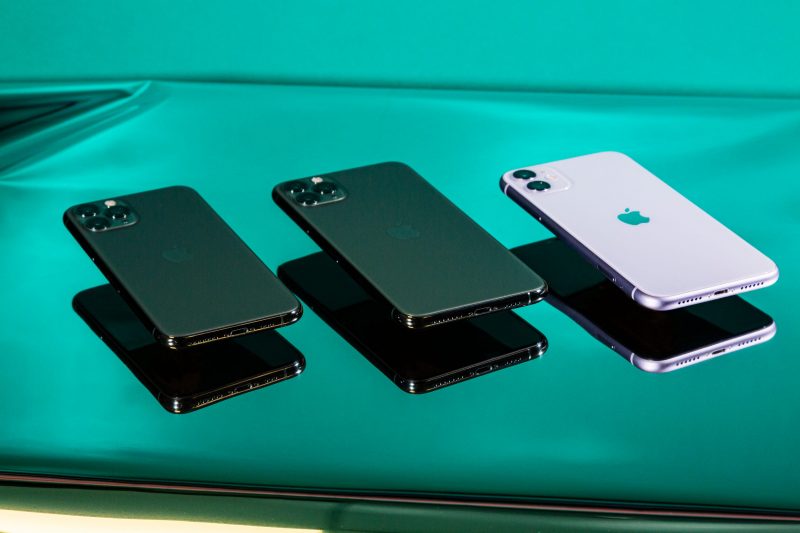
Apple is expected to bring 5G support to all of its flagship iPhones in 2020, according to analyst Ming-Chi Kuo, who has a notable track record when it comes to making predictions about future Apple products. He originally said that only two of Apple's 2020 smartphones would be compatible with 5G networks, but revised his outlook in a more recent report, as 9to5Mac and MacRumors reported.
The iPhone is also expected to support millimeter wave-based 5G, Kuo said in a note from this January reported by 9to5Mac. Millimeter wave networks are noticeably faster than existing 4G LTE networks since they utilize high-frequency, uncongested radio spectrum bands. These networks can also be challenging to deploy broadly since they're prone to interference. Initially, Kuo said in an earlier note that the new iPhone that would support millimeter wave 5G may be pushed back to late 2020 or 2021, but his more recent research seems to have walked back that claim.
They will also reportedly have OLED screens.
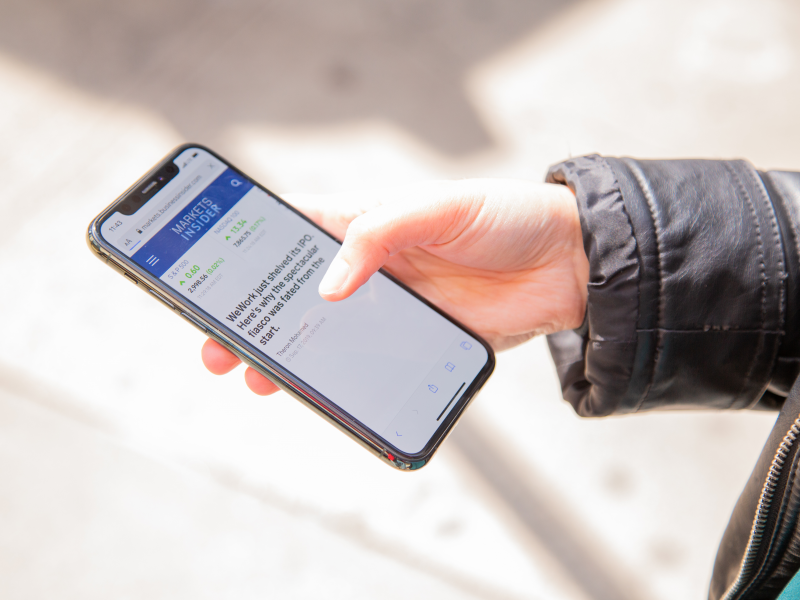
Apple could move entirely away from LCD screen technology in favor of OLED for all of its new iPhones this year, Kuo said in the same note. That would be significant because over the past two years, Apple has outfitted its least expensive new iPhones, like the iPhone 11 and iPhone XR, with an LCD screen rather than an OLED one. OLED displays typically offer better contrast and deeper blacks compared to LCD screens, but they cost more.
There may be four versions of the next-generation iPhone.
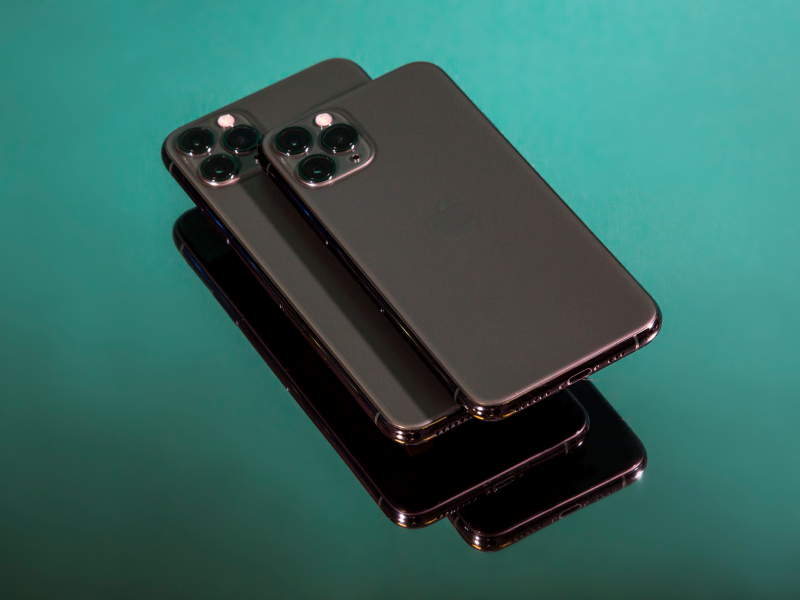
Apple's next major phone release may also come in four variants, Kuo wrote in a note reported by 9to5Mac and other outlets. That would mark a departure from the company's smartphone strategy in recent years. In 2019 and 2018, for example, it released new iPhones in three different models.
Kuo predicts that Apple will launch a 5.4-inch iPhone, two 6.1-inch iPhones, and a 6.7-inch iPhone. While all of these iPhones are expected to have an OLED screen and 5G support, according to Kuo, the 5.4-inch model and one of the 6.1-inch models are likely to only have two cameras instead of three. That could suggest that these two models may be the successors to the less expensive iPhone 11.
Kuo's estimates also indicate the next iPhone won't come in the 5.8-inch screen size that iPhone X, iPhone XS, and iPhone 11 Pro owners have come to be familiar with.
But Apple may also launch a cheaper version in early 2021 without 5G.
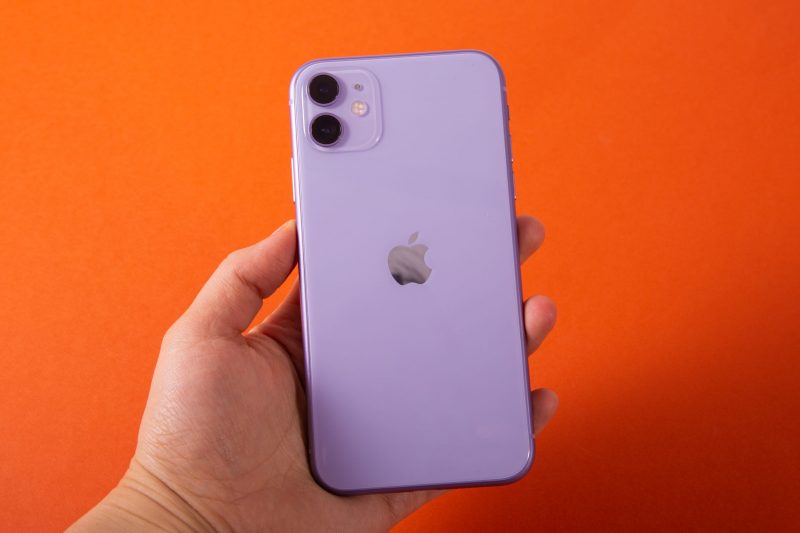
That's according to a note from Wedbush Securities written by written by analysts Daniel Ives, Strecker Backe, and Ahmad Khalil.
Ives said there's a chance that a cheaper, 4G-only version of the iPhone 12 could debut around the February time frame.
"Price points will be aggressive as Apple goes after their broader customer base," Ives previously told Business Insider. "Especially in a recession, in a COVID-19 backdrop, they need to make sure they're hitting all price categories."
The iPhone 12 could start at $650, making it even cheaper than the iPhone 11.
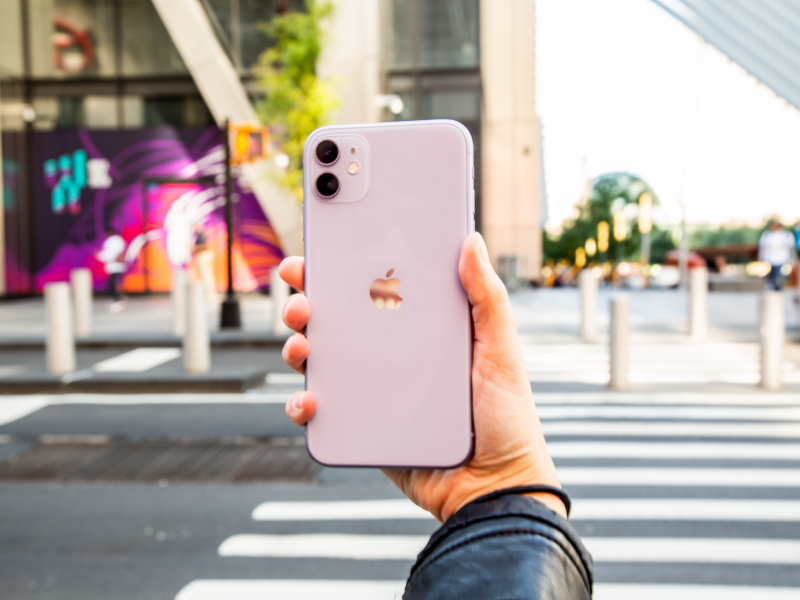
The entry level version of the iPhone 12 could be even cheaper than the iPhone 11, if gadget leaker Jon Prosser's reporting turns out to be accurate.
Prosser, like Kuo, also reports that the iPhone 12 will come in four different versions. He says that two of these iPhones will come with two cameras instead of three. One of them will come in a 5.4-inch size with a starting price of $650, while the other will have a 6.1-inch screen and will be priced at $750.
The other two new iPhones will have triple-lens cameras and Lidar sensors like the new iPad Pro. This iPhone will come in 6.1-inch and 6.7-inch size options, with the former starting at $1,000 and the latter beginning at $1,100.
Wedbush Securities analyst Dan Ives also recently suggested that at least some of Apple's 2020 iPhones could cost less than $1,000 when they launch.
"We believe there are 4 models being launched for iPhone 12 with a mix of 4G/5G with price points that potentially could be lower than $1,000 on some versions despite the additional 5G component," he wrote in a July research note.
This year's iPhone will reportedly have an upgraded 3D camera for augmented reality.
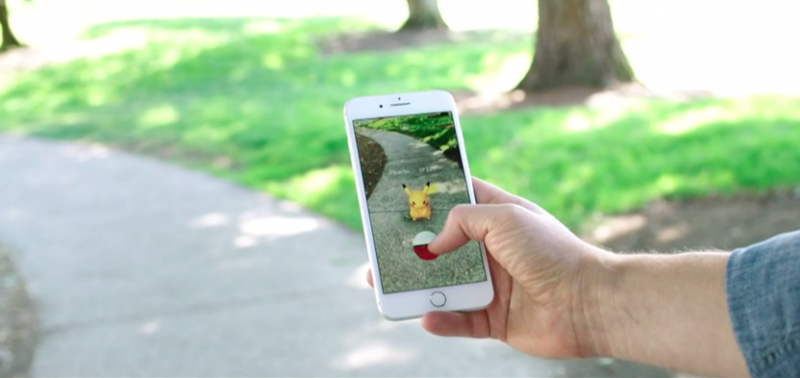
Other than 5G connectivity and new screen sizes, another headlining feature in this year's iPhone is expected to be its camera. Apple is planning to equip its 2020 iPhone with a more powerful, rear-facing, 3D camera to enable better augmented-reality performance, according to Bloomberg. This feature is likely to only be available on the higher-end models, says Bloomberg.
The new camera would be powered by a laser scanner, unlike the dot-projection technology Apple currently uses for Face ID in the iPhone X family's front-facing camera. In addition to boosting the iPhone's augmented-reality functionality, the new 3D camera could be used to take photos with greater depth, the report says.
Apple just launched a new iPad Pro with a Lidar sensor, a scanner that can measure distance by determining how long it takes for light to hit an object before reflecting back.
It will likely include 5G chips from Qualcomm and Samsung.
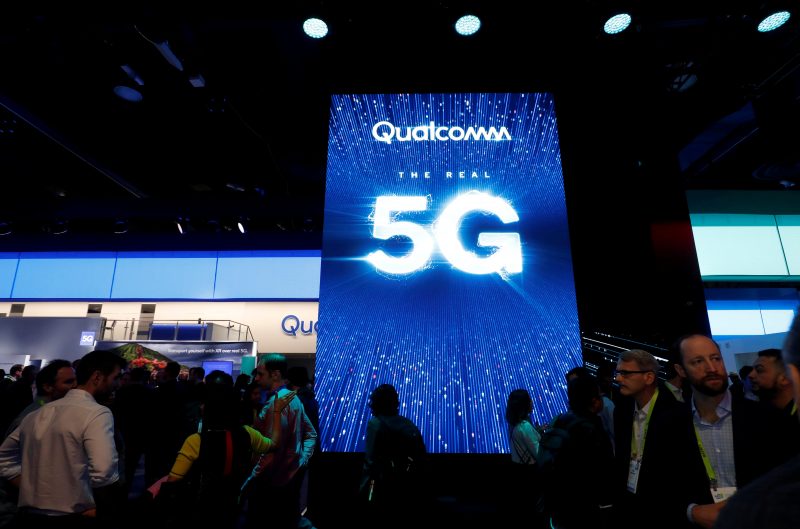
Qualcomm and Samsung could supply the 5G chips for Apple's new iPhones in 2020, according to that April 2019 note from Kuo, which doesn't come as much of a surprise considering Apple and Qualcomm recently settled their long-running legal dispute. Apple also purchased Intel's smartphone modem business in a deal valued at $1 billion in July, a move that will likely help the iPhone maker develop its own modems down the line.
The iPhone 12 may also support the 802.11ay Wi-Fi standard, which enables fast connections over short distances.
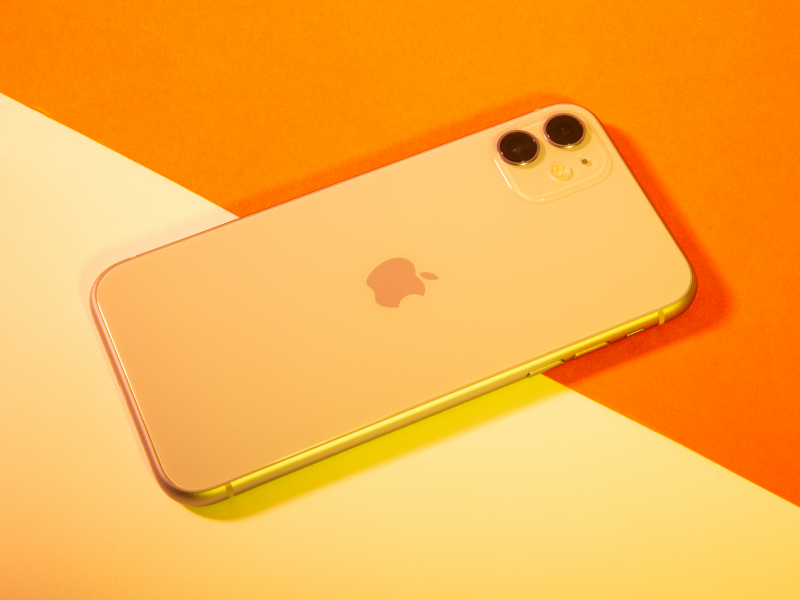
Apple's next-generation iPhone may support the 802.11ay Wi-Fi standard, according to a report from Japanese tech blog Macotakara. Such networks run on faster 60GHz millimeter wave bands, unlike most Wi-Fi routers today, which use 2.5GHz and 5GHz bands. Networks that run on this standard should be capable of delivering fast, low-latency connections to nearby devices, potentially improving on features like AirDrop.
Beyond AirDrop, it sounds like adding 802.11ay Wi-Fi could be critical for enabling forward-looking iPhone features. For example, that Wi-Fi standard could also allow for more precise location tracking, as chipmaker Qualcomm notes, which could be important for enabling real-world AR mapping applications in the future. Apple is also rumored to be working on a Tile-like accessory that would help users track lost items like keys or wallets with their iPhone, and support for 802.11ay Wi-Fi could be useful for that as well.
Apple may take some design inspiration from the iPhone 4 and iPad Pro.
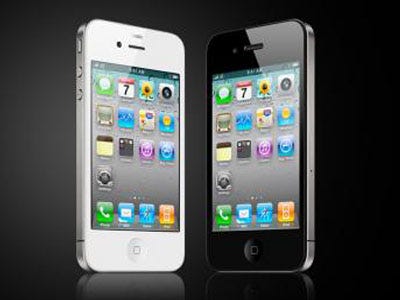
Apple's iPhone redesign in 2020 could include bringing back the metal frame that was present on the iPhone 4, Kuo wrote in a note obtained by MacRumors. The analyst also says Apple will be changing the iPhone's design "significantly" next year.
Apple's next iPhones may also more closely resemble the current generation iPad Pros, according to Bloomberg. The two successors to the iPhone 11 Pro and Pro Max are said to have stainless steel edges with flat screens and more sharply rounded corners like Apple's high-end iPads, according to the report.
And it could inherit another iPad Pro feature: ProMotion.
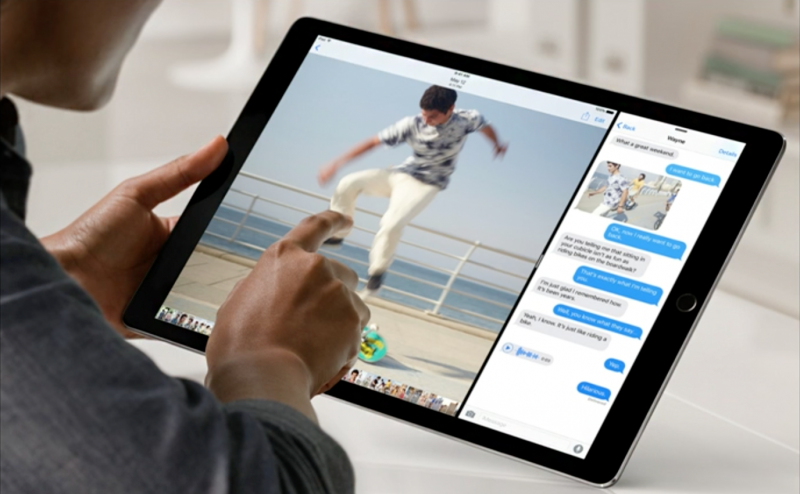
Apple may outfit its higher-end iPhones, expected to be called the iPhone 12 Pro, with the ability to boost the screen refresh rate up to 120Hz, according to Everything Apple Pro.
The iPad Pro already has this feature, which Apple calls ProMotion, to offer smoother scrolling and performance. Many competing Android phones also offer higher refresh rates, such as Samsung's Galaxy S20 lineup and the OnePlus 8 Pro.
The "notch" cutout may be smaller, too.
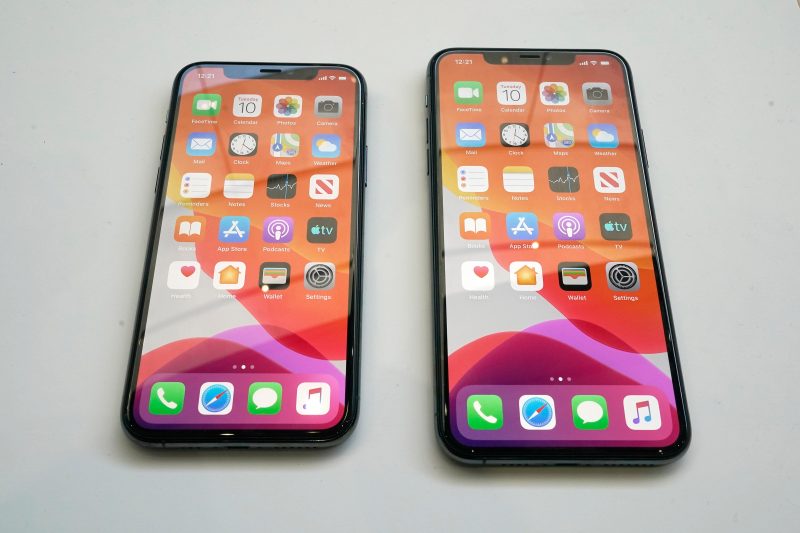
The "notch" cutout near the top of the screen where the iPhone's selfie camera and Face ID sensors are located may be smaller in size on the iPhone 12, according to Bloomberg. The company reportedly hopes to eliminate the notch at some point in the future.
The iPhone 12 Pro model may also come in a new blue color option.
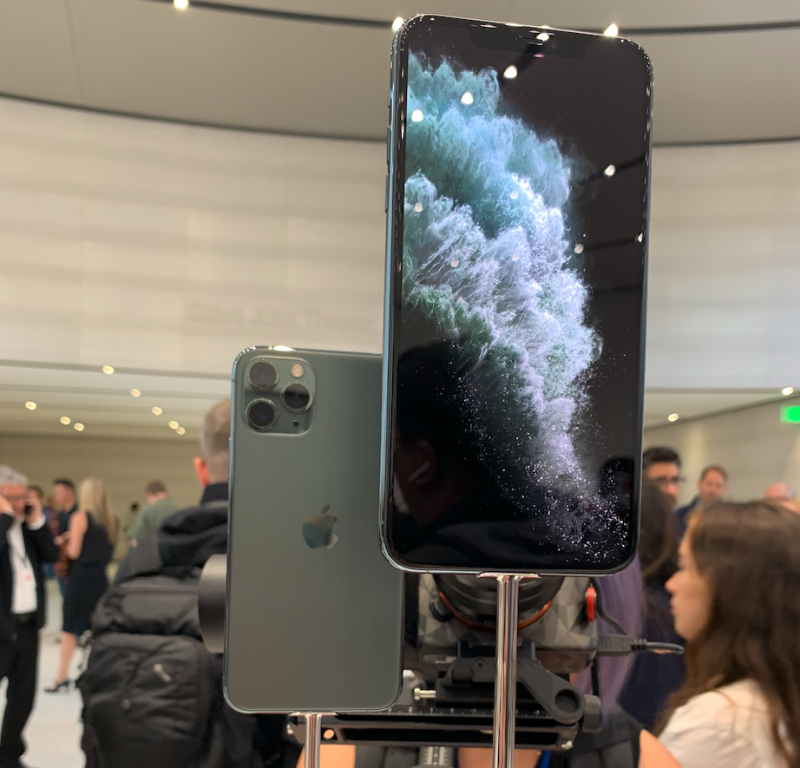
This color would replace last year's Midnight Green color, according to Bloomberg.
It may have Apple's Touch ID fingerprint sensor built into its screen.
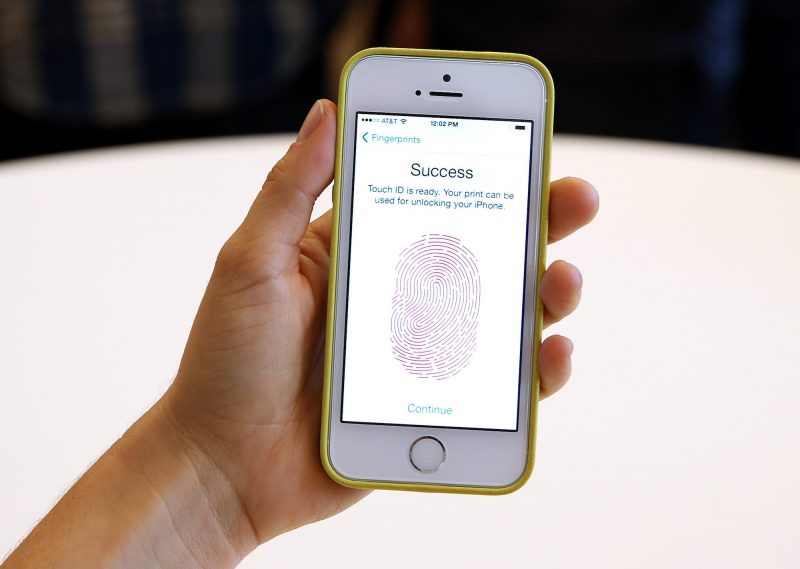
Apple did away with Touch ID on its latest flagships in favor of Face ID, but there's a chance the company could bring its fingerprint scanning technology back next year. Barclays analyst Blayne Curtis believes Apple could integrate Touch ID directly into the iPhone's screen this year, as he wrote in a note obtained by MacRumors back in May 2019.
Bloomberg also reported last September that Apple was developing an in-screen fingerprint sensor for its 2020 iPhones, although that report notes the feature could slip back to 2021.
That could help the 2020 iPhone more directly compete with rivals like Samsung's Galaxy S10, which already boasts in-screen fingerprint recognition.
There may be no EarPods or power adapter in the box.
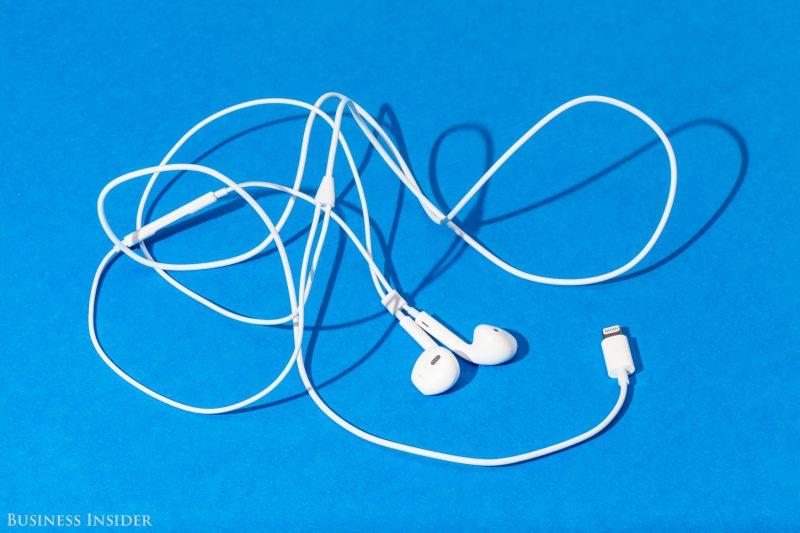
Apple may stop including its wired EarPods and power adapter in the box starting with the iPhone 12, according to separate reports from TF International Securities' Ming-Chi Kuo and Wedbush Securities analyst Dan Ives.
Such a move would help Apple boost sales of its AirPods, which have become an increasingly important part of its wearable product lineup in recent years. Kuo says Apple may offer discounts on AirPods around the holiday season to further push sales, according to 9to5Mac.
If Apple does stop including EarPods with its new iPhones, the change would come just before Apple is rumored to launch its first totally wireless iPhone in 2021.
In a separate report, Kuo also said that Apple is likely to stop including the power adapter in the box as well as part of an effort to keep the iPhone 12 at about the same price as the iPhone 11 lineup despite the addition of 5G, according to 9to5Mac.
We can probably expect it to have all the new features introduced in this year's iPhone too.
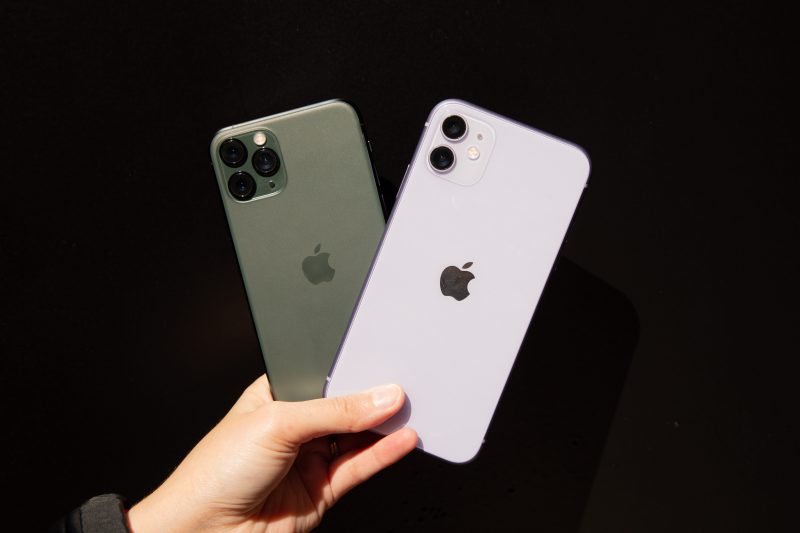
Apple's 2020 iPhones will likely inherit the new features found on the iPhone 11 and 11 Pro. That means there's a good chance they'll have the iPhone 11 Pro's triple-camera system and night mode, among other features.

